Produced for the Sutton Poyntz Biodiversity Group by John Newbould.
The Basics
Mosses and liverworts are small plants, which collectively belong to a group known as BRYOPHYTES. These are seedless plants, split into three groups: hornworts (as far as we know, there are none in Sutton Poyntz), liverworts, which are fleshy and often found on trees and mosses. There are 1069 species in Great Britain and Ireland. These consist of four hornworts, 303 liverworts and 789 mosses. In or near to Sutton Poyntz, Humphrey Bowen in “The Flora of Dorset” reports 183 bryophytes having been recorded.
To identify these plants, one needs a spray bottle of water, a hand lens (x 10 to x 20) or a microscope for detailed features and the field guide Mosses and Liverworts of Britain and Ireland published by the British Bryological Society.
Mosses are effectively split into three groups; sphagnum or bog mosses are found on wet acid heaths and moors e.g. in Purbeck. The others are: Acrocarps - grow upright and have capsules at the top of their stems and Pleurocarps - form wefts or mats that spread horizontally with capsules arising from the sides of the main stems.
Liverworts There are two types of liverworts:
Leafy liverworts with a stem and leaves e.g Frullania dilatata (Dilated scalewort) which is common , especially in orchards (see picture below); and thallose liverworts with no distinct stem and leaves.
Mosses and liverworts may be found on trees, stones, walls, roofs, stream edges, in grass and even on roadside edges. They do not cause damage to trees or plants, getting their food from photosynthesis and collecting moisture from cracks. Generally, they require light and moisture.
For more information go to www.britishbryologicalsociety.org.uk
Examples of mosses and liverworts you may see walking round Sutton Poyntz:
Acrocarps – these examples were photographed on the foot bridge by the pond.
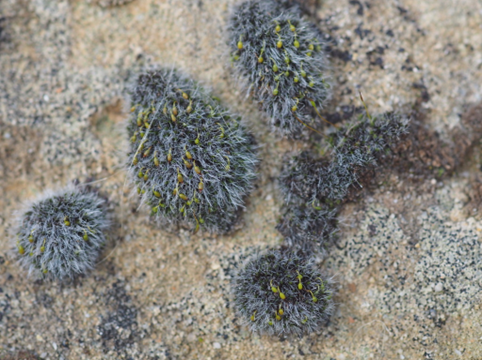 |
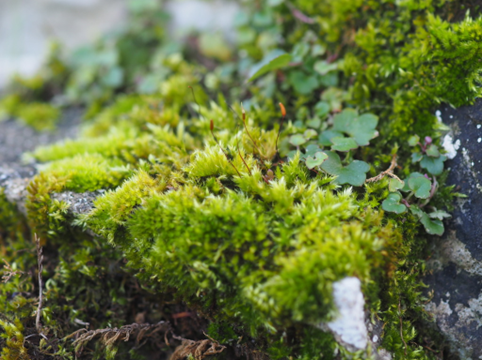 |
|
Grimmia pulvinate – Grey cushioned grimmia |
Didymodon vinealis Soft-tufted beard moss |
Pleurocarps
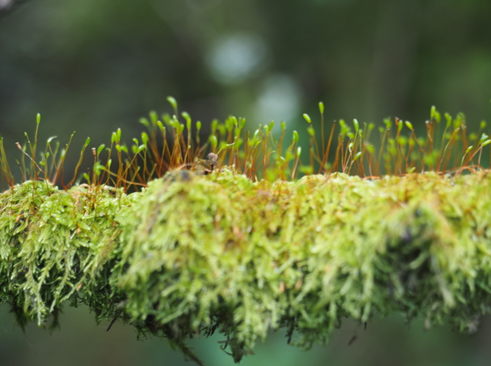 |
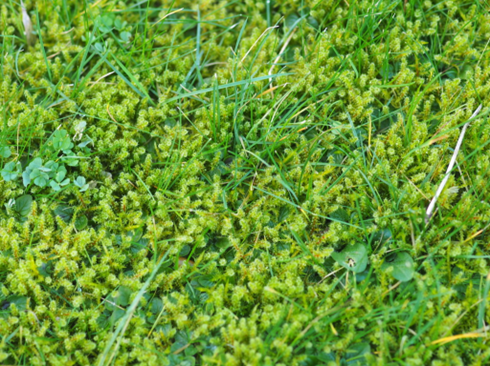 |
|
Hypnum cupressiforme Cypress-leaved plait-moss growing on hazel in wettish woodland.
|
Rhytidiadelphus squarrosus springy turf-moss growing in a Sutton Poyntz lawn. In fields, which have not been ploughed or had chemicals added, this is a good location to look for waxcap fungi. |
|
Liverworts: Leafy liverworts with a stem and leaves e.g Frullania dilatata Dilated scalewort (see opposite), which is common, especially in orchards and on smooth barked trees |
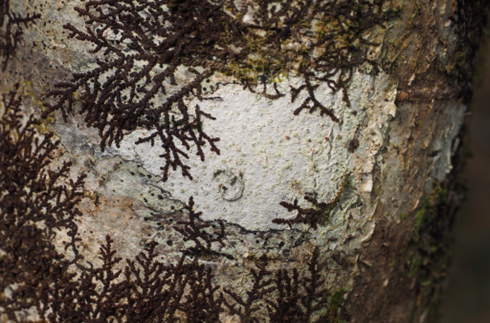 |
